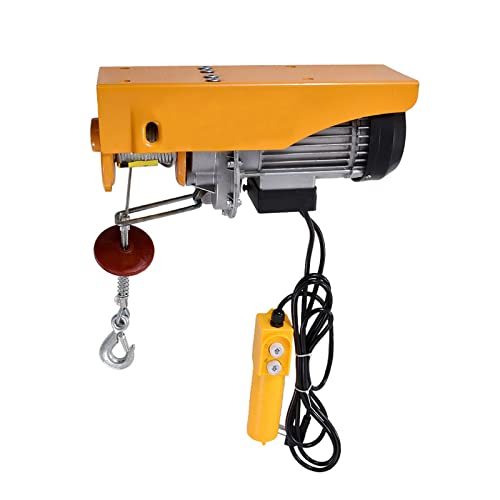As the manufacturing industry evolves, the need for more efficient and sustainable lifting solutions has become paramount. Electric hoists are at the forefront of this transformation, offering enhanced capabilities that not only improve productivity but also contribute to a safer work environment. The future of electric hoists in manufacturing promises to integrate cutting-edge technologies that streamline operations and support the industry’s shift toward automation and sustainability. One of the most significant trends in the future of electric hoists is the increasing incorporation of smart technology. Modern electric hoists are being designed with sensors and IoT capabilities, allowing for real-time monitoring of performance and usage data. This technological advancement enables manufacturers to optimize lifting operations, predict maintenance needs, and minimize downtime. For instance, hoists equipped with load sensors can provide feedback to operators about the weight being lifted, helping to prevent overloading and potential accidents. Furthermore, by collecting and analyzing data, companies can identify patterns and trends that lead to more efficient workflows and resource allocation.

Sustainability is another critical aspect driving the evolution of polipasto eléctrico. As manufacturers strive to reduce their carbon footprint, electric hoists provide a more environmentally friendly alternative to traditional hydraulic systems, which often rely on fossil fuels and have higher emissions. Electric hoists are inherently more energy-efficient, consuming less power while delivering superior performance. Additionally, advancements in battery technology are making it possible for electric hoists to operate for longer periods without needing a recharge, further enhancing their viability in manufacturing settings. This shift not only helps manufacturers meet regulatory requirements but also aligns with growing consumer demand for sustainable practices. Safety remains a top priority in manufacturing, and electric hoists are designed with advanced safety features that reduce the risk of accidents. Innovations such as automatic shut-off systems, overload protection, and remote control operations minimize human error and enhance overall safety. These features not only protect workers but also help companies avoid costly delays and liabilities associated with workplace accidents.
As the industry continues to embrace safety as a core value, the role of electric hoists will become even more crucial in promoting a secure working environment. The adaptability of electric hoists is another factor contributing to their promising future. These lifting solutions can be customized to meet the specific needs of various industries, from automotive to aerospace, construction, and beyond. Manufacturers are increasingly recognizing the value of versatile equipment that can be easily integrated into existing systems. This flexibility allows companies to scale their operations quickly and respond to changing market demands without incurring significant capital expenditures. In conclusion, the future of electric hoists in manufacturing is bright, driven by technological advancements, sustainability initiatives, safety enhancements, and adaptability. As the industry continues to evolve, electric hoists will play a pivotal role in building a stronger tomorrow, enabling manufacturers to operate more efficiently while fostering a safer and more sustainable working environment. The commitment to innovation in this field will not only benefit businesses but also the broader community, paving the way for a more sustainable and prosperous manufacturing landscape.
